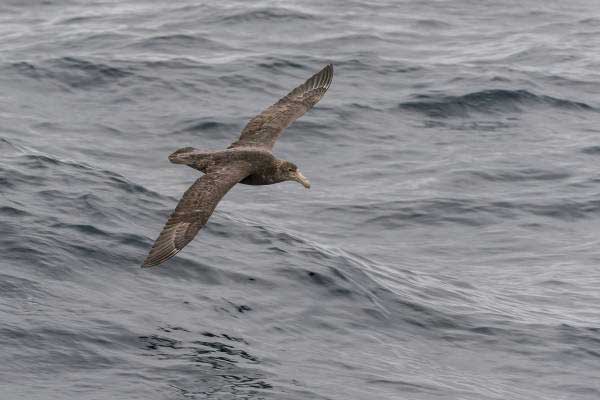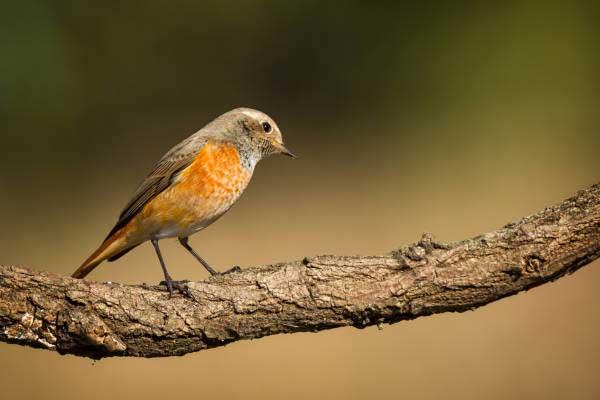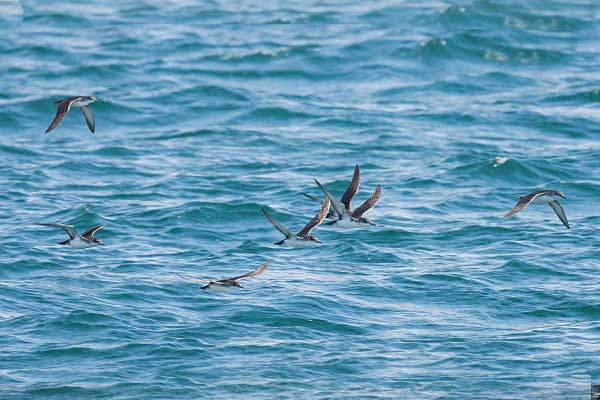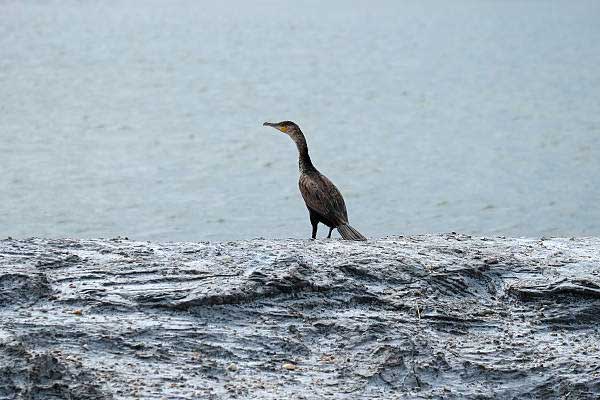Birds in Greece
Greece’s geographical location, diverse habitats, and varying climates make it a haven for a wide variety of bird species, including residents, migrants, and winter visitors.
The country’s landscapes, ranging from mountainous regions and dense forests to wetlands and coastal areas, provide ideal conditions for an array of avian life. Greece is situated along major migratory routes for birds traveling between Europe and Africa, making it an important stopover for many species.
Resident Birds
Greece’s resident bird population adds charm and vitality to its diverse landscapes, from bustling cities to tranquil countryside. Whether darting through woodlands, singing from treetops, or foraging in gardens, these avian residents play essential roles in local ecosystems and enrich the lives of those who observe them. By protecting their habitats and fostering coexistence, Greece ensures that these feathered inhabitants continue to thrive for generations to come.
Greek Sparrow
The Greek Sparrow, a subspecies of the common House Sparrow (Passer domesticus), is a ubiquitous and familiar bird found throughout Greece. Belonging to the family Passeridae, these small passerines are known for their adaptability to urban, suburban, and rural environments. They possess a stout build with brownish-gray plumage, characteristic black bibs on their throats, and buff-colored underparts. Females typically have less distinct markings compared to males.
Greek Sparrows are highly adaptable and can be found in a wide range of habitats, including cities, towns, villages, agricultural areas, and even remote islands. They thrive in areas with access to human habitation and food sources, such as grain stores, gardens, parks, and outdoor dining areas.
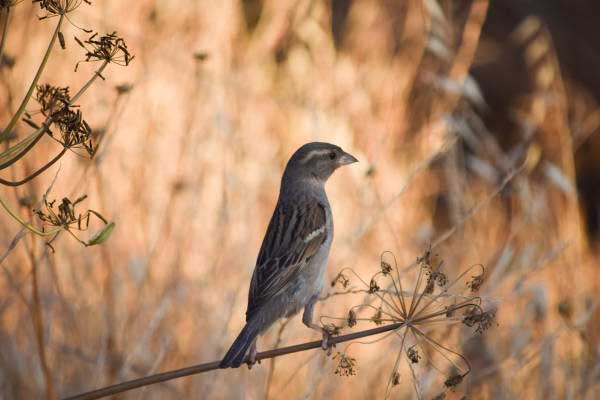
Greek Eagle
The Greek Eagle, also known as the Golden Eagle, is a magnificent bird of prey that symbolizes strength, freedom, and power. This majestic raptor is a subspecies of the widespread Golden Eagle (Aquila chrysaetos) and is native to the mountainous regions of Greece. It is characterized by its impressive size, with wingspans reaching up to 2.3 meters (7.5 feet) and distinctive golden-brown plumage, which gives it its name.
Habitat: The Greek Eagle inhabits rugged and mountainous landscapes, including alpine meadows, rocky cliffs, and coniferous forests. These remote and inaccessible regions provide the eagle with ample opportunities for nesting, hunting, and raising their young.

Eurasian Magpie (Pica pica)
The Eurasian Magpie, with its distinctive black and white plumage and long tail, is a common sight in Greek gardens, parks, and woodlands. Known for its intelligence and mischievous behavior, this adaptable bird feeds on a wide range of foods, including insects, fruits, seeds, and scraps. Its melodious chattering calls often punctuate the air as it forages for food or interacts with its fellow magpies.
Eurasian Jay (Garrulus glandarius)
The Eurasian Jay is a striking bird with its pinkish-brown plumage, black-and-white markings, and conspicuous blue wing patches. Found in woodlands and forested areas throughout Greece, this secretive bird is known for its harsh, screeching calls and its shy behavior. The Eurasian Jay is omnivorous, feeding on a diet that includes acorns, insects, small mammals, and eggs.

Eurasian Sparrowhawk (Accipiter nisus)
The Eurasian Sparrowhawk is a stealthy predator that inhabits woodlands, scrublands, and urban areas across Greece. With its compact body, short wings, and long tail, it is well-adapted for maneuvering through dense vegetation in pursuit of prey, primarily small birds. Despite its small size, the Eurasian Sparrowhawk is a formidable hunter, relying on surprise and agility to capture its quarry.
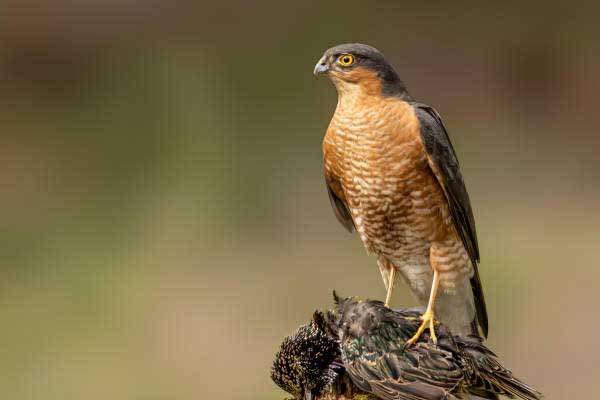
Eurasian Collared Dove (Streptopelia decaocto)
The Eurasian Collared Dove is a familiar sight in Greek towns, villages, and agricultural areas, where it is often found perched on rooftops or feeding on the ground. Recognizable by its soft gray plumage, black collar, and gentle cooing calls, this dove has adapted well to urban environments. Its diet consists mainly of seeds, grains, and small insects gleaned from the ground.
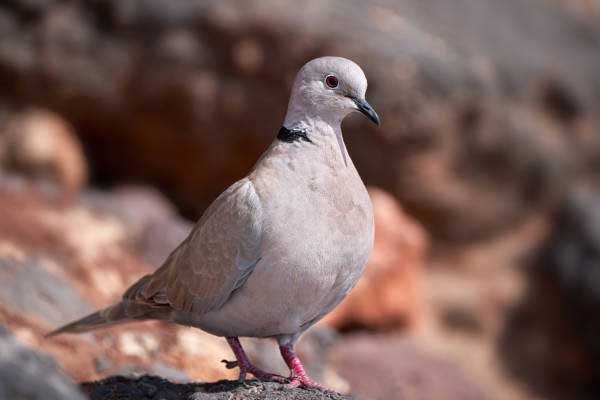
European Robin (Erithacus rubecula)
The European Robin, with its bright orange breast, brownish back, and perky demeanor, is a beloved garden visitor throughout Greece. These small songbirds are known for their melodious warbling songs, which they use to establish territories and attract mates. European Robins feed on a variety of foods, including insects, berries, and seeds, often foraging on the ground or from low perches.

Migratory Birds
Greece’s role as a vital stopover and wintering ground for migratory birds highlights the country’s importance in global avian conservation efforts. From aerial acrobats to vibrant songsters, these migratory visitors enrich Greece’s natural landscapes and inspire awe and wonder among birdwatchers and nature enthusiasts. By protecting their habitats and ensuring safe passage during migration, Greece plays a crucial role in safeguarding the future of these magnificent migratory birds.
Common Swift (Apus apus)
The Common Swift is a master of the skies, spending the majority of its life in flight. With its streamlined body, long wings, and distinctive forked tail, it is well-adapted for aerial pursuits. Arriving in Greece during the spring and summer months, Common Swifts breed in urban areas, nesting in crevices and eaves of buildings. Their high-pitched screaming calls and acrobatic flight displays add excitement to the summer skies.

European Bee-eater (Merops apiaster)
The European Bee-eater is a vibrant and colorful migratory bird that arrives in Greece during the spring to breed. With its striking plumage featuring shades of green, blue, yellow, and chestnut, it’s hard to miss this avian gem. True to its name, the European Bee-eater feeds primarily on flying insects, including bees, wasps, and dragonflies, which it catches on the wing using its sharp bill.
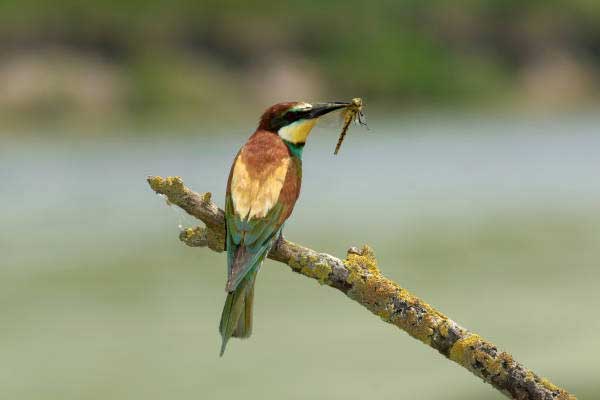
European Roller (Coracias garrulus)
The European Roller is a dazzling sight with its striking blue plumage, cinnamon-colored belly, and bold black markings. Arriving in Greece during the spring, these migratory birds breed in open landscapes, including farmlands, grasslands, and river valleys. European Rollers are known for their aerial displays during courtship, as well as their habit of perching conspicuously on wires or branches.

Black-winged Stilt (Himantopus himantopus)
The Black-winged Stilt is a graceful wader with long legs, a slender body, and striking black-and-white plumage. These migratory birds arrive in Greece during the spring, favoring shallow wetlands, salt pans, and coastal lagoons for breeding and foraging. Black-winged Stilts use their long, delicate bills to probe mud and water for small invertebrates, crustaceans, and aquatic insects.
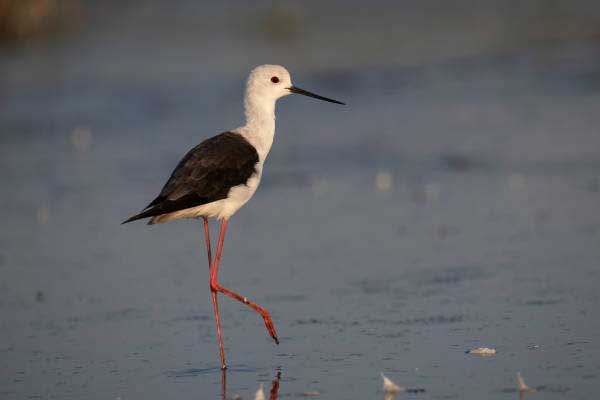
Common Redstart (Phoenicurus phoenicurus)
The Common Redstart is a small migratory songbird with a distinctive red tail and grayish-brown plumage. Arriving in Greece during the spring, these birds breed in woodlands, scrublands, and gardens, where they build cup-shaped nests and raise their young. Male Common Redstarts are known for their vibrant singing and territorial displays, often perching prominently to defend their territories.
Wetland Birds
Greece’s wetlands serve as vital refuges for a diverse array of bird species, each uniquely adapted to thrive in these dynamic ecosystems. From the graceful elegance of flamingos and pelicans to the subtle beauty of spoonbills and ibises, these wetland birds contribute to the rich tapestry of Greek biodiversity. As stewards of these fragile habitats, it is essential to continue preserving and protecting these wetlands, ensuring that both the birds and the ecosystems they inhabit flourish for generations to come.
Greater Flamingo (Phoenicopterus roseus)
The Greater Flamingo is an iconic sight in Greek wetlands, known for its striking pink plumage and long, slender neck. These tall wading birds often gather in large flocks, creating a spectacle against the backdrop of marshlands and salt pans. Their uniquely curved bills are adapted for filter-feeding on algae, small crustaceans, and mollusks found in the shallow waters of wetlands.

Dalmatian Pelican (Pelecanus crispus)
Towering over other waterfowl, the Dalmatian Pelican is one of the largest freshwater birds in the world. With its massive size and distinctive throat pouch, this majestic bird is unmistakable. During the breeding season, their striking plumage features shades of white, gray, and silver, while their bill transforms into a vibrant orange hue. Greek wetlands, such as Lake Kerkini, serve as vital breeding grounds and feeding areas for these impressive birds.

Eurasian Spoonbill (Platalea leucorodia)
The Eurasian Spoonbill is a sight to behold with its unique spoon-shaped bill, which it sweeps from side to side in shallow water, feeling for prey. These elegant wading birds sport crisp white plumage adorned with touches of yellow and black during the breeding season. They inhabit marshes, lagoons, and estuaries, where they feed on small fish, crustaceans, and aquatic invertebrates.
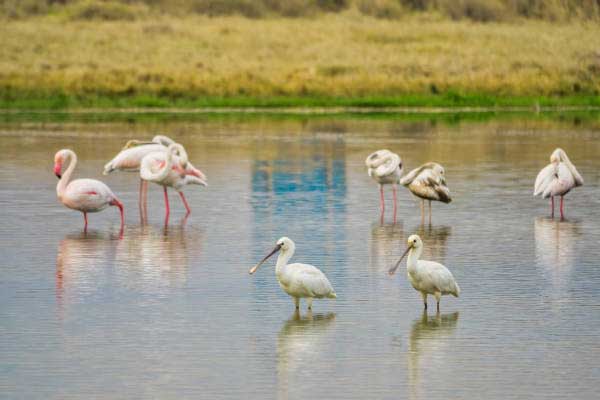
Glossy Ibis (Plegadis falcinellus)
With its iridescent plumage shimmering in the sunlight, the Glossy Ibis adds a touch of elegance to Greek wetlands. These slender wading birds boast dark, glossy feathers tinged with hues of green, purple, and bronze. Their long, downward-curved bills are ideal for probing mud and shallow water in search of prey, which primarily consists of insects, small fish, and amphibians.

Common Coot (Fulica atra)
The Common Coot, with its distinctive black plumage and snowy white bill, is a ubiquitous sight in Greek wetlands. These medium-sized waterbirds are known for their raucous calls and agile swimming abilities. Common Coots inhabit a variety of wetland habitats, including lakes, ponds, and marshes, where they feed on aquatic vegetation, insects, and small invertebrates.
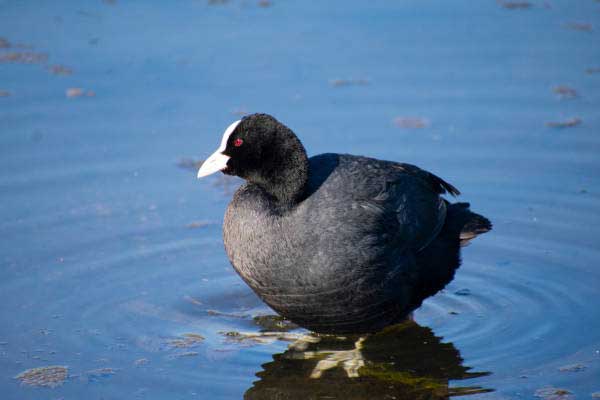
Greek sea birds
Greece’s extensive coastline, dotted with islands and surrounded by the azure waters of the Aegean and Ionian Seas, provides a haven for a diverse array of seabird species. These majestic avian inhabitants play vital roles in marine ecosystems, from foraging on fish and squid to nesting on remote cliffs and rocky islets. Let’s explore some of the fascinating seabirds that call the Greek seas home.
Greek seabirds contribute to the coastal biodiversity and marine ecosystems of the Aegean and Ionian Seas, enriching the natural heritage of the region. From the soaring Cory’s Shearwaters to the elegant Audouin’s Gulls, these avian inhabitants remind us of the importance of preserving and protecting Greece’s coastal habitats for both wildlife and future generations to enjoy.
Cory’s Shearwater (Calonectris diomedea)
The Cory’s Shearwater is a graceful seabird with long, slender wings and a streamlined body, adapted for effortless gliding over the open ocean. With its brownish-gray plumage and contrasting white underparts, it is often seen skimming the waves or circling above schools of fish. Cory’s Shearwaters breed on remote islands and cliffs, including several in the Aegean and Ionian Seas, returning to land under the cover of darkness to avoid predators.
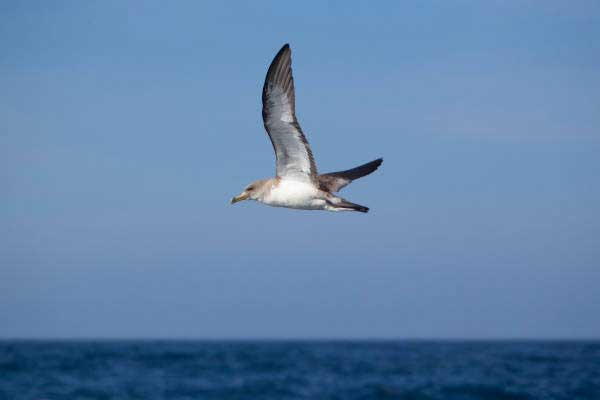
Audouin’s Gull (Larus audouinii)
The Audouin’s Gull is a striking seabird known for its distinctive appearance, with a bright red bill, piercing yellow eyes, and elegant white plumage. Endemic to the Mediterranean region, it is primarily found along the coastlines and islands of Greece, where it breeds in colonies on rocky cliffs and sandy shores. Audouin’s Gulls feed on fish, crustaceans, and marine invertebrates, often scavenging near fishing boats or coastal habitats.

Yelkouan Shearwater (Puffinus yelkouan)
The Yelkouan Shearwater, named after the Turkish island of Yelköy where it was first described, is a medium-sized seabird with dark plumage, a white underbelly, and distinctive underwing markings. These seabirds breed in colonies on rocky cliffs and islands, including some in the Aegean Sea. Yelkouan Shearwaters are skilled divers, plunging into the sea to catch fish, squid, and other marine prey.
Mediterranean Shag (Phalacrocorax aristotelis desmarestii)
The Mediterranean Shag, a subspecies of the European Shag, is a sleek seabird characterized by its glossy black plumage, long neck, and prominent yellow gular pouch. Found along the rocky coastlines and islands of Greece, these birds are often seen perched on coastal cliffs or diving into the sea in search of fish. Mediterranean Shags nest in colonies, constructing bulky nests from seaweed, grasses, and other materials
.
European Storm Petrel (Hydrobates pelagicus)
The European Storm Petrel is a small seabird with dark plumage, a distinctive white rump, and fluttering flight reminiscent of a tiny bat. These agile birds breed in colonies on remote islands and rocky outcrops, including some in the Greek seas. European Storm Petrels are nocturnal feeders, skimming the ocean surface at night to catch small fish, plankton, and crustaceans.
